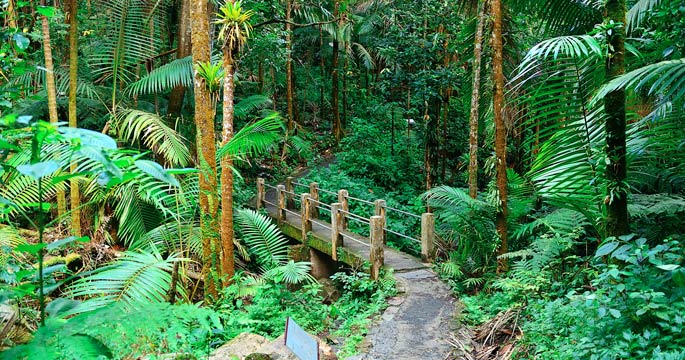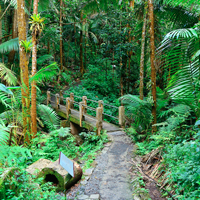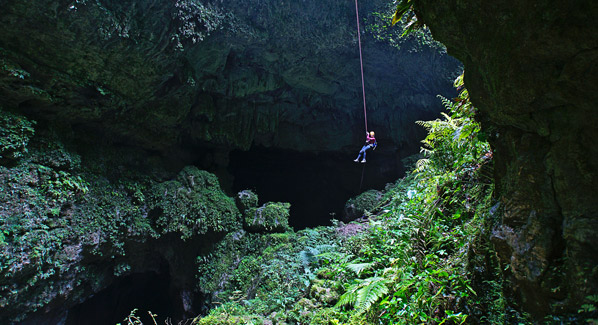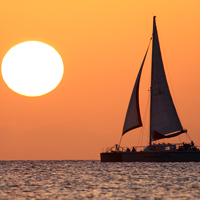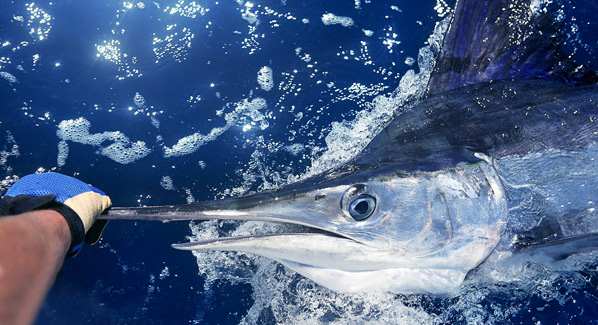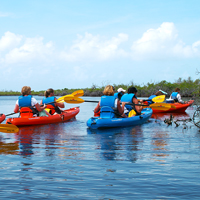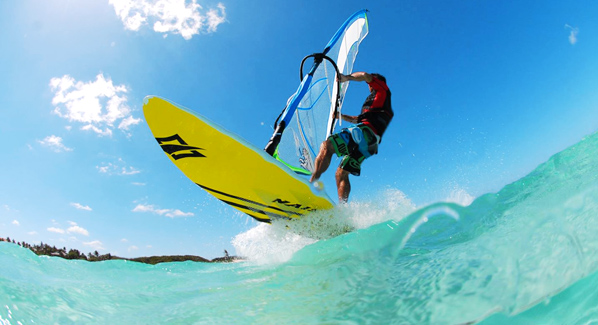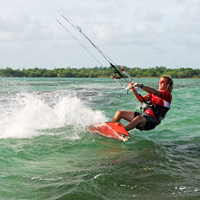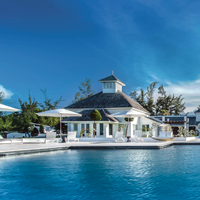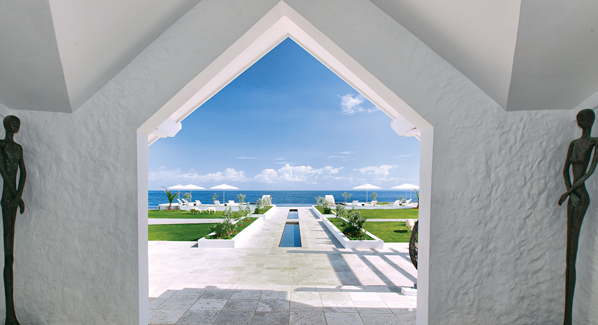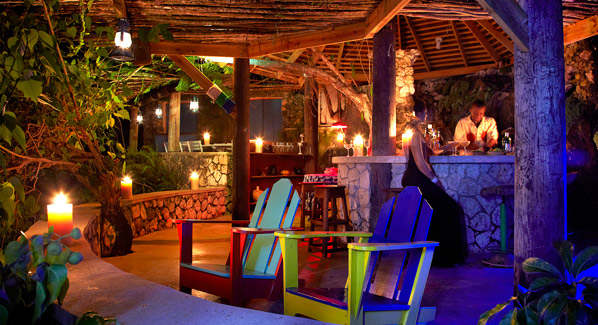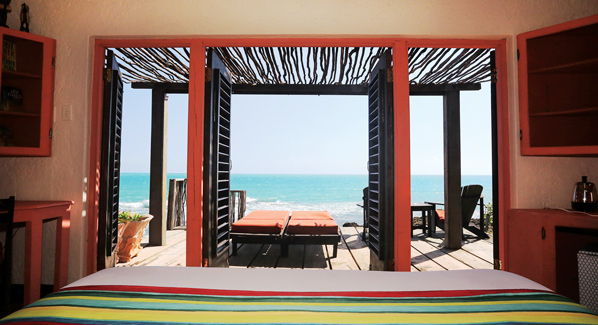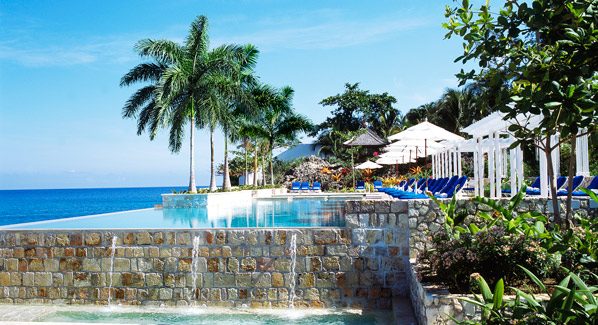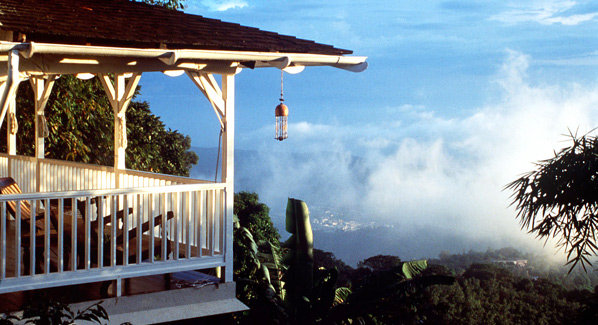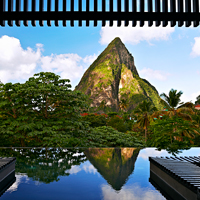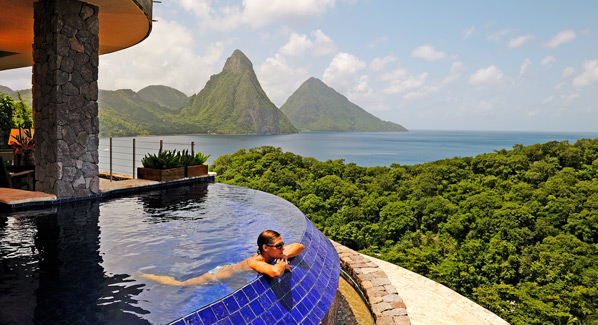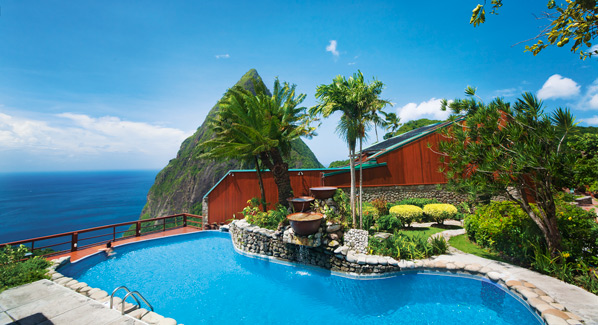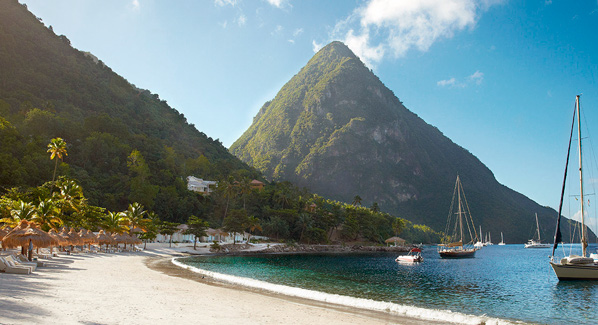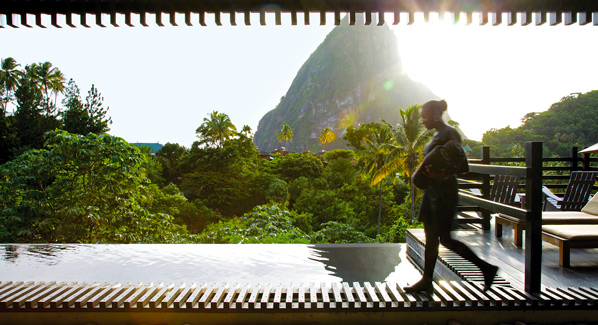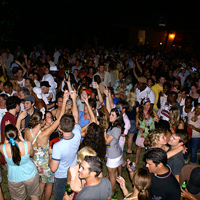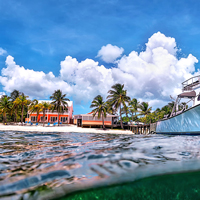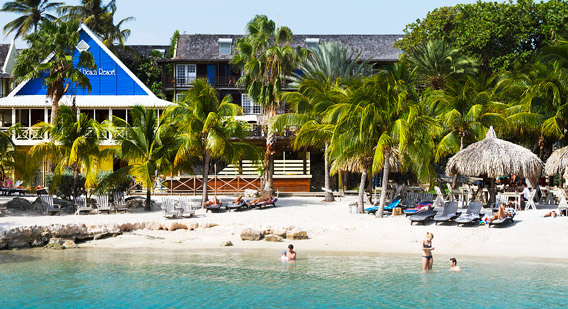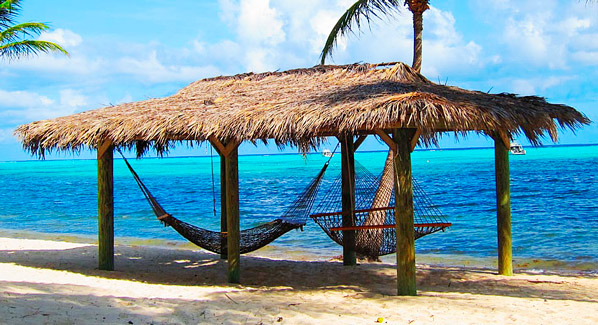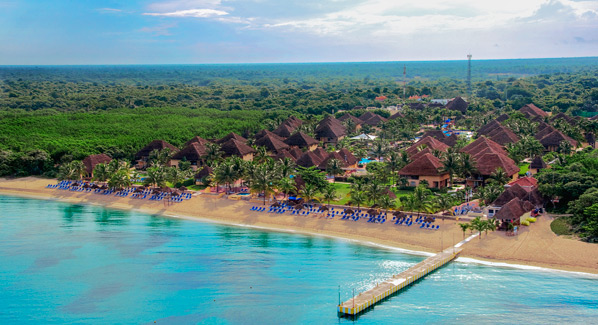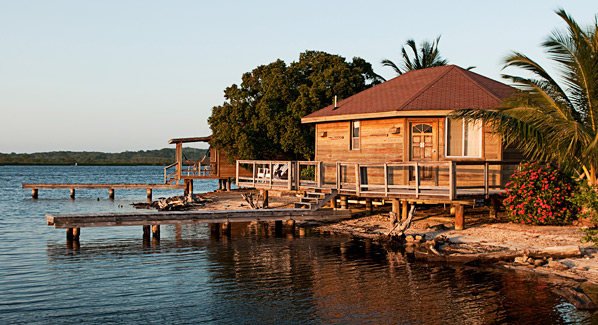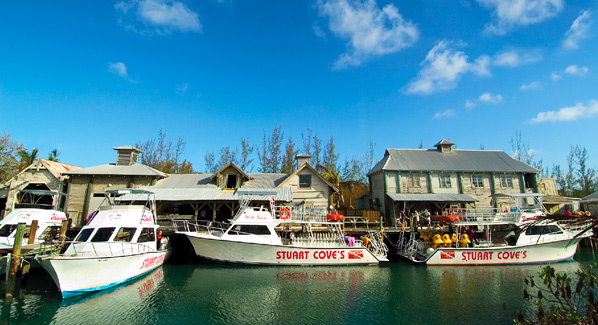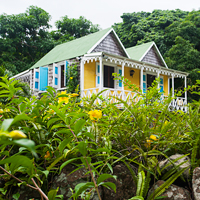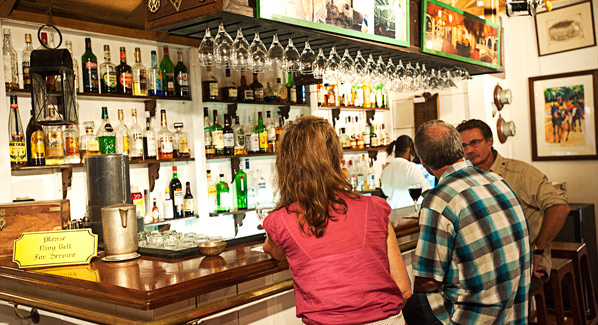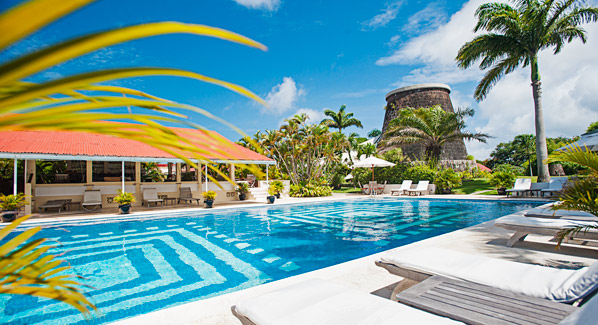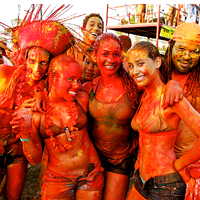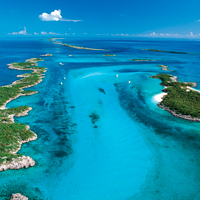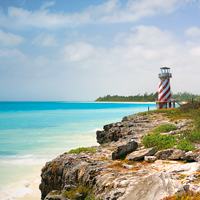Sun, sand and sea lure many to the island of Puerto Rico. The urban delights of San Juan also provide a range of pleasant diversions. There’s culture, history and night life aplenty in the Caribbean’s second-oldest Spanish city. But once you’ve seen the lights, strolled the beach and sated your appetite on some local favorites, it would be a shame to miss the rest of the island. When you leave the pavement behind, a whole range of enjoyable and exciting outdoor adventures await. Here are just some of the ways you can experience the greener side of the island.
Hiking
Beyond the urban sprawl of San Juan lie many wild and wooded areas. There are a total of 20 state forests on the island, ranging from a small urban oasis to the 10,000-plus acre reserve of the Maricao Forest. Many of these natural areas are laced with walking paths and hiking trails. A perennial favorite destination is El Yunque Rainforest, where you can opt for guided tours or strike out on your own to discover lush glades and panoramic overlooks. To the west and south is Guanica State Forest, which offers a totally different hiking experience in dry coastal lands and includes a trail leading to a secluded beach at Punta Ballenas.
Bicycling
Overall, San Juan is not a particularly bike-friendly city, and the narrow, winding back roads of the interior are best left to the locals. But if you stick closer to the coast, you’ll enjoy safe and scenic rides through the streets of Old San Juan, along the Condado waterfront and eastward to Pinones, where you can follow an elevated boardwalk through a mangrove preserve or stop for a nosh at the beachside food shacks. A number of companies in San Juan offer rental bicycles. If you are looking to go off road, organized mountain bike tours take you to the foothills and slopes around El Yunque, and there are rides that follow the coast and include a stop-off at the beach.
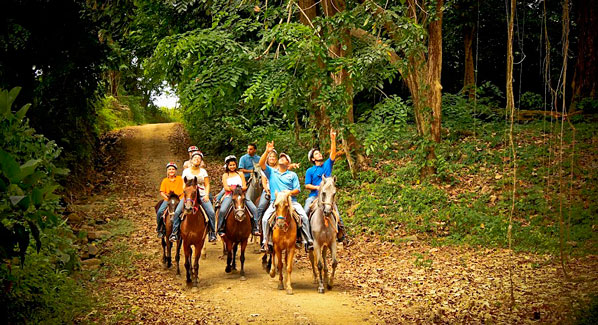
Puerto Rico’s interior provides miles of pathways suitable for horseback rides. Photo: Carabali Rainforest Park
Riding
Puerto Rico is home to the paso fino horse, a breed famed for its smooth gait, which means less bounding for the rider. A number of ranches and outfitters across the island offer guided tours into the foothills or along the beach. Just minutes to the east of San Juan at Hacienda Campo Rico, visitors find a variety of trail rides suitable for both casual and experienced riders. To the west, Tropical Trail Riders leads trips into the coastal hills near Isabella and along secluded north-shore beaches, with stops for a swim.
Off-Roading
A number of the island’s private ranches have opened their lands to ATV tours. These rides can range from family-friendly jaunts along mountain roads and meadows with ocean views to true mud-fest adventures that splash through streams and climb slippery jungle slopes. Most tour companies can mount you on either single-passenger four-wheelers or side-by-side off- roaders that allow younger passengers to share in the family fun.
Zip Lining
Puerto Rico’s mountainous terrain provides an ideal setting for zip lines, and there are currently 10 companies located at points across the island offering experiences ranging from single zip-line rides to half-day multi-line adventures. Highlights include everything from sky bridges and cliff rappels to waterfall hikes and boat rides in an underground river. Thrill seekers shouldn’t miss The Beast, a 4,700-foot line that is one of the 10 longest in the world. Unlike the usual chair-harness position of most zip lines, Beast riders can go prone like Superman, reaching speeds of up to 85 mph while soaring up to 850 feet above the ground.
Caving
The island’s limestone substrate is riddled with caves and flowing underground rivers. The Rio Camuy Cave Park contains more than 100 known caverns and more than 10 miles of underground passages. This is caving that anyone can handle, as there are trolleys from the parking area to the entrance, guides and well-lit pathways inside. For the more daring, deeper passageways can be found on “wild” caving tours that require headlamps and spelunking gear. Another popular tour takes you floating on an inner tube through Cueva del Arco. Those looking for a more private and remote self- guided cave tour can pack water and flashlights and then head to Guajataca State Forest, where a hike just over a mile on rustic trails leads to Cueva del Viento, the Cave of the Winds.

